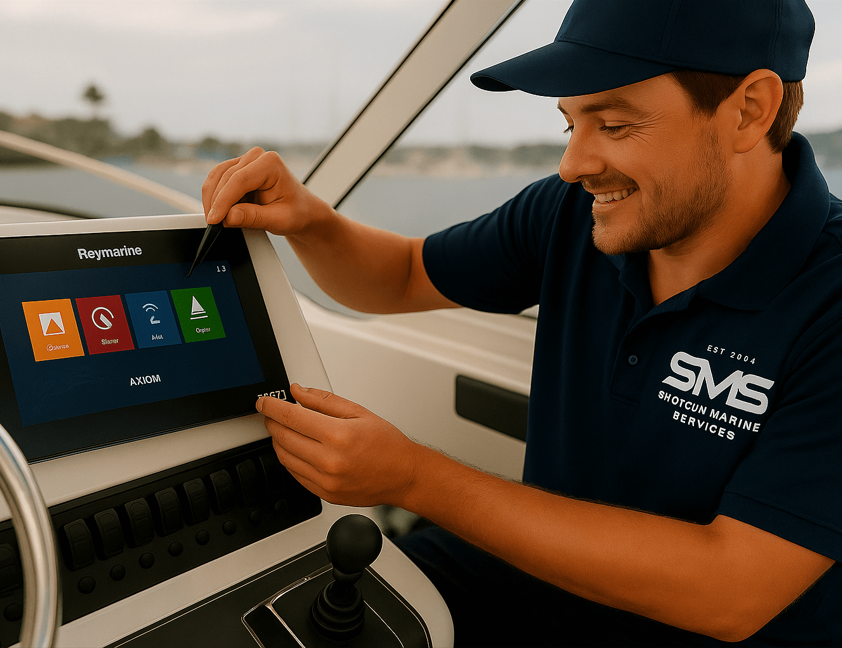How is sound made use of to recognize the species of fish?
Experienced fishermen can utilize fish finders to identify certain types of fishes. As a fish relocates via the finder beam of a fish finder, a mark particular to that fish species appears on the graph display. To establish what species of fish generates what type of marks, an anglers must know with the area they are angling, the fish that swim there, as well as the swimming patterns of various colleges of fish. As an example, slow-moving swimming carp produce short fat marks. Stripers swim much faster and also move a great deal much more, so they generate populated lines. Baitfish may swim in circles as various other fish herd them or as they swim to the surface area, creating a 3rd type of mark. These are simply instances, and each fish finder will have different markings for a certain fish. For that reason, experience and also close viewing of patterns will certainly assist to perfect an angler's skill being used fish searching for finders to identify fish.
Fish finder screen reveals the seafloor gently sloping down to 33.9 feet (black straight line with grey beneath). Private fishes look like arcs on the display screen. (Courtesy of Lowrance Electronic Devices, Inc.).
Researchers are establishing brand-new as well as enhanced techniques to differentiate between the marks, likewise called echo trademarks. Each types of fish has an one-of-a-kind size and shape of its swim bladder. The distinctions in swim bladders create differences in the return resemble of a finder signal. Echo trademarks for specific species can after that be figured out and used to identify fish.
The distinct resemble trademarks of 3 various types of Hawaiian snapper. Echo signatures on the left were extracted from an anesthetized fish under regulated conditions at the surface area. Echoes on the right were extracted from free-swimming fish at 250m deep. Differences in resemble signature framework are observed between varieties, but differences in between control and also free-swimming measurements are very little for each species. Mirrors determined at the surface, under controlled problems, can as a result be put on determine different fish varieties at depth. This sort of acoustic information is very important for fisheries studies. Courtesy of Kelly Benoit-Bird.
This technique is especially beneficial when studying deep-sea bottom fish. Many fish are located below diving deepness, and also consequently, can only be researched utilizing submersible vehicles or angling equipment. Acoustics supply an additional means for researchers to recognize bottom fish and check them in their native environment.
It is necessary to figure out the aspects that influence echo trademarks. As water obtains deeper, the pressure increases. The increased pressure can compress the air in the swim bladder as the fish dives. Using acoustics together with video clip as well as reduced light cams, scientists have actually found that numerous fish have the capacity to control the shapes and size of their swim bladders, even under high pressure. The best objective of the study is to determine the resemble signatures of various types as well as make sure that these signatures do not change with movement. This will permit new fish finders to set apart one types from one more very precisely and quantitatively.


